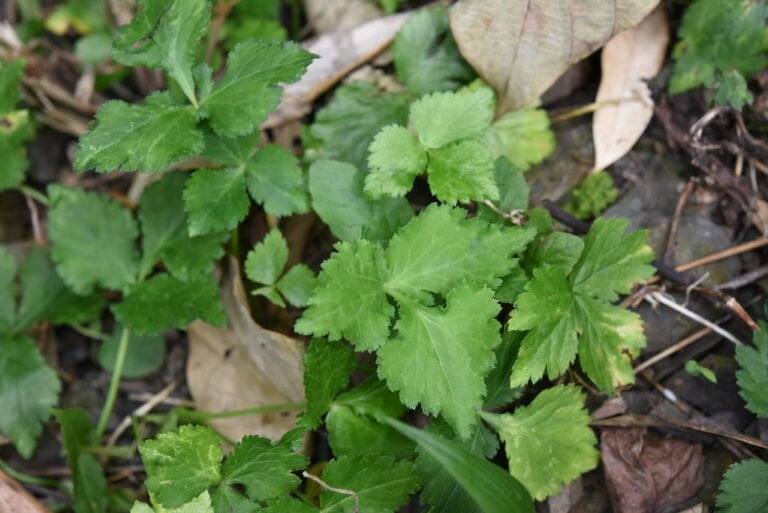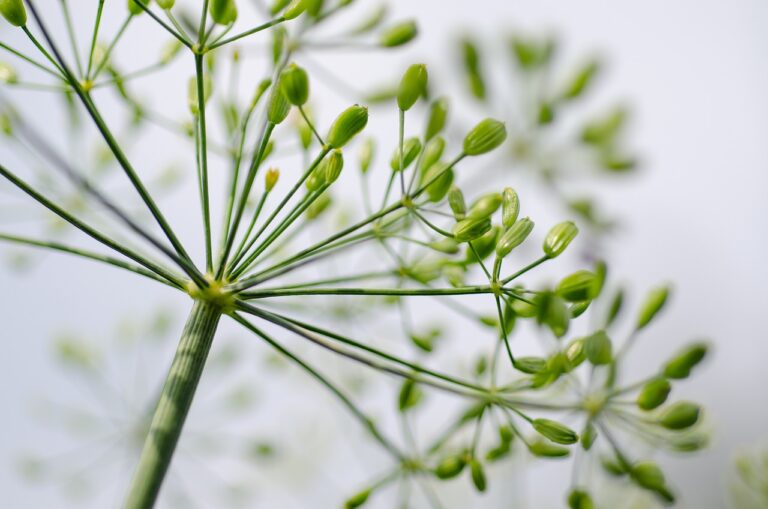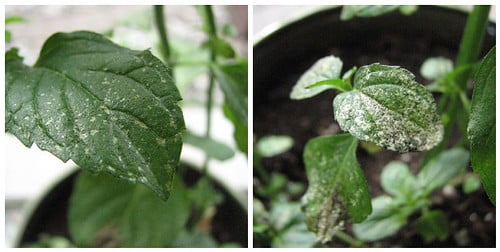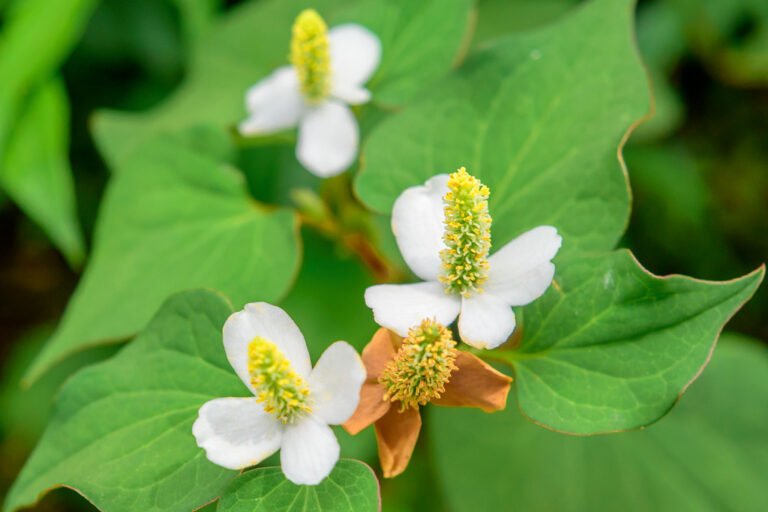Borage
I grow borage in well-draining, sunny soil for robust plants. It’s an annual herb reaching around 1ft tall. Directly sow seeds post-last frost and cover them twice their size with soil. Keep soil consistently moist while germinating. Regular pruning maintains health and productivity, preventing legginess. Deadhead for endless blooms. Propagate by letting flowers mature for seeds. Water consistently in well-draining soil. Borage entices beneficial bugs, enriches soil, repels pests, and has anti-inflammatory properties. Companion plant in pH 6.0-7.0, supplementing with compost or manure. Harvest morning for strong oils, trim with tools, and leave some growth behind. Pest-resistant due to alkaloids, manage aphids with soapy water and prevent mildew with air circulation. Attract ladybugs for pest control. Partner with other crops for pest management.
Planting Borage: Ultimate Growing Guide
To successfully cultivate borage, start by choosing a suitable planting location with ample sunlight and well-draining soil. Borage (Borago officinalis) is a resilient annual herb that grows up to 1ft in height and can flourish in different soil types, making it a versatile addition to any garden. When planting borage, it is best to sow the seeds directly into the ground after the final frost has passed. Make sure the seeds are covered with soil about twice their thickness to promote ideal germination. Keep the soil consistently moist during the germination period to support the growth of healthy borage plants.
Companion planting borage with other vegetation can greatly benefit your garden. Borage is known to attract beneficial insects like bees and butterflies, which can aid in pollination and overall garden health. Additionally, borage enhances soil quality by accumulating potassium, calcium, and other essential nutrients. This herb also serves as a natural pest deterrent for tomato plants, cabbage, and strawberries. By incorporating borage into your garden through companion planting, you can create a more diverse and thriving ecosystem that supports the growth of various plants.
Borage Care and Maintenance Tips
For proper care and maintenance of borage, regular pruning is essential to promote healthy growth and productivity of the plant. Borage, known for its robust nature, responds well to pruning, which helps prevent it from becoming leggy and encourages the development of new shoots. When pruning borage, it is advisable to cut back about a third of the plant’s height, focusing on removing any damaged or wilted leaves and stems. This process not only keeps the plant looking tidy but also stimulates its growth.
In addition to pruning, borage plants benefit from deadheading, which involves removing spent flowers to encourage continuous blooming. By deadheading, you can prevent the plant from putting energy into seed production, thereby prolonging its flowering period. Furthermore, borage is easy to propagate by allowing some flowers to mature and produce seeds. These seeds can be collected and sown in the next growing season to ensure a continuous cycle of borage plants in your garden.
Regular watering is essential for borage plants, as they prefer consistent moisture levels to thrive. Make sure the soil is well-draining to prevent waterlogging, which can lead to root rot. By following these maintenance tips, you can enjoy healthy, productive borage plants in your garden throughout the growing season.
Benefits of Growing Borage Plants
Cultivating borage plants offers numerous benefits for gardeners seeking to enrich biodiversity and soil quality while enjoying a vibrant and low-maintenance addition to their garden. Borage, classified as an herb, attracts pollinators like bees and butterflies due to its beautiful blue star-shaped flowers. This attraction boosts biodiversity by supporting these essential pollinators. Additionally, borage contributes to improving soil quality through its deep root system, which helps break up compacted soil and accumulates essential nutrients such as calcium and potassium. The continuous blooming nature of borage guarantees a colorful garden throughout the growing season, adding aesthetic appeal.
Apart from its ornamental value, borage also serves practical purposes. Its leaves and flowers possess medicinal properties, particularly anti-inflammatory properties. Regularly harvesting borage leaves and flowers not only promotes new growth but also provides a fresh supply for culinary or medicinal uses. The self-seeding characteristic of borage makes it a low-maintenance plant that can effortlessly establish new growth year after year, making it a sustainable addition to any garden. To sum up, growing borage plants not only beautifies the garden but also contributes to biodiversity, soil health, and provides access to a versatile herb with medicinal benefits.
Propagation Techniques for Borage
Borage readily propagates through seed germination or natural self-seeding processes, guaranteeing a reliable supply of this herb in the garden. Propagation via seeds is a common method for starting new borage plants. To propagate from seeds, plant them directly into well-drained soil after the last frost. The seeds should be sown about 1/4 inch deep and spaced 12-18 inches apart to allow ample room for growth. Keep the soil consistently moist until the seeds germinate, which typically occurs within 7-14 days.
Alternatively, borage can also be propagated by allowing mature flowers to produce seeds. Once the flowers have bloomed and dried, collect the seeds for planting in the desired location. This method mimics the natural self-seeding process that borage often undergoes. By allowing the plants to mature and produce seeds, you can promote new growth and ensure a continuous cycle of borage in your garden.
Regularly sowing borage seeds every few weeks can help maintain a steady production of fresh plants for harvesting. This practice guarantees a constant supply of borage leaves and flowers for culinary or medicinal purposes. Proper propagation techniques are essential for a successful borage garden, providing a consistent yield of this versatile herb.
Borage Companion Planting Suggestions
I will now investigate the soil compatibility of borage, its pest-repelling properties, and the benefits it offers neighboring plants. These points will illuminate how borage can improve the growth and health of its companion plants through various mechanisms. Understanding these aspects will assist in making informed decisions when planning a borage companion planting scheme.
Soil Compatibility With Borage
Improving soil drainage and fertility is essential for successful borage cultivation and companion planting. Borage, known for its high content of gamma linolenic acid (GLA) and other beneficial fatty acids, thrives in nutrient-poor soils with a pH range of 6.0-7.0. It adapts well to various soil types such as loamy, sandy, and clay, as long as they are well-draining. To support borage growth, it is vital to provide fertile soil rich in organic matter. Waterlogged or compacted soil should be avoided to prevent root rot and stunted development. Prior to planting borage, incorporating compost or well-rotted manure into the soil can boost nutrient levels and improve soil structure, ensuring ideal conditions for this versatile herb.
Pest-Repelling Properties of Borage
When considering pest-repelling properties in garden companion planting, one can harness the benefits of borage’s aromatic leaves and flowers to naturally deter certain pests. Borage contains pyrrolizidine alkaloids (PAs), compounds known for their insect-repelling properties. These PAs contribute to the plant’s ability to ward off pests like tomato hornworms and cabbage worms. By strategically planting borage near susceptible crops such as tomatoes, strawberries, and squash, one can take advantage of its beneficial effects on pest control. Additionally, borage’s attractive flowers serve as a magnet for pollinators, particularly bees, enhancing the overall pollination process in the garden. Embracing borage as a companion plant not only helps in pest management but also fosters a healthier ecosystem, reducing reliance on chemical pesticides.
Benefits for Neighboring Plants
Utilizing borage’s natural pest-repelling properties can result in improved growth and flavor in neighboring plants through strategic companion planting. When planted alongside crops like strawberries, tomatoes, or squash, borage acts as a beneficial companion plant by attracting pollinators such as bees and other beneficial insects to the garden. The borage plant’s deep taproot aids in breaking up compacted soil, leading to enhanced soil structure and better nutrient uptake for surrounding plants. Its tendency to self-seed prolifically guarantees a continuous supply of borage plants in the garden, providing ongoing benefits to neighboring plants. Additionally, borage companion planting can help deter specific pests like tomato hornworms due to its potent scent, making it a valuable ally in promoting the overall health and productivity of the garden.
Harvesting and Pruning Borage Plants
After about eight weeks of growth, borage leaves and flowers are ready for harvesting for culinary or medicinal purposes. In terms of harvesting and pruning borage plants, here are some key points to bear in mind:
- Harvesting: When collecting borage leaves and flowers, it is advisable to do so in the morning when the essential oils are most potent. Use scissors or pruners to trim the leaves and flowers, ensuring to leave some behind for the plant to keep growing.
- Pruning: Regular trimming of borage plants is beneficial for promoting new growth. By cutting back about a third of the plant, you can stimulate the growth of fresh leaves and flowers without causing harm.
- Staggered Planting: To maintain a continuous supply of borage throughout the growing season, consider staggered planting every three weeks. This approach allows for a consistent harvest of fresh leaves and flowers.
- Self-Seeding: Borage is a self-seeding plant, which means it can easily propagate itself by letting the flowers go to seed. This natural propagation method makes it easy to cultivate borage in your garden year after year.
Common Pests and Diseases of Borage
To effectively manage common pests and diseases of borage, regular monitoring and preventive measures are crucial. Borage is known for its resistance to pests due to its high levels of pyrrolizidine alkaloids, which act as natural repellents. However, the black fly aphid can be a nuisance at times, but it can be controlled effectively with horticultural soap. Powdery mildew is a common fungal disease that borage is susceptible to, especially in humid conditions. To prevent powdery mildew, maintain good air circulation around the plants and avoid overhead watering.
One effective way to combat pests in the borage garden is by planting it as a companion plant. Borage attracts beneficial insects such as ladybugs and parasitic wasps, which prey on common garden pests, helping to keep the overall pest population in check. Additionally, interplanting borage with other crops can create a diverse and balanced ecosystem that naturally suppresses pest outbreaks.




